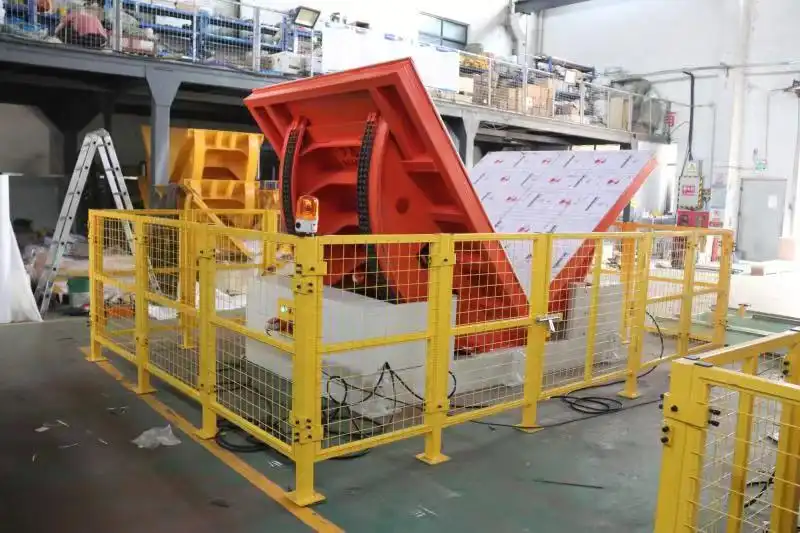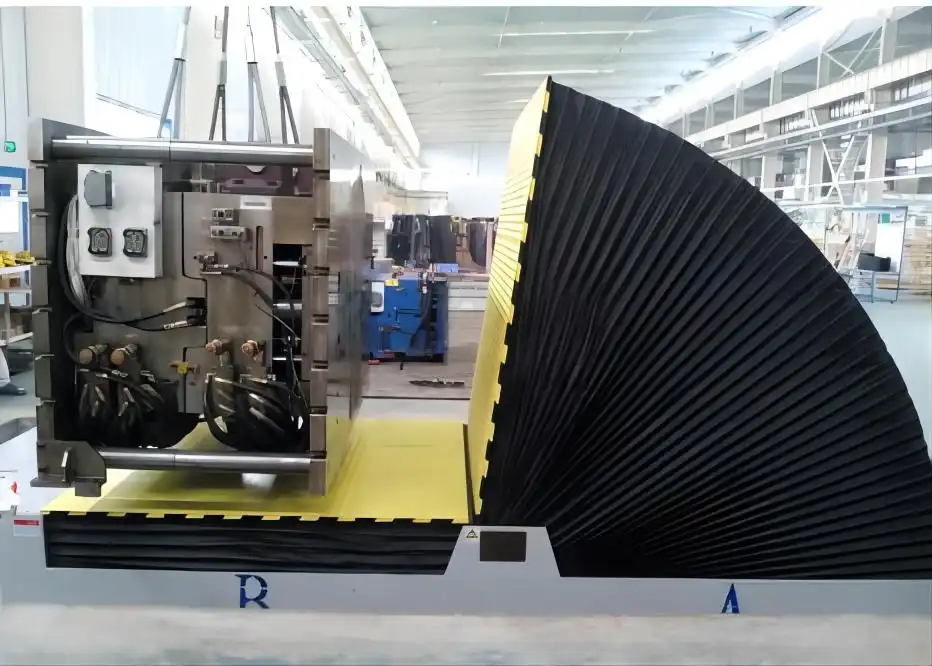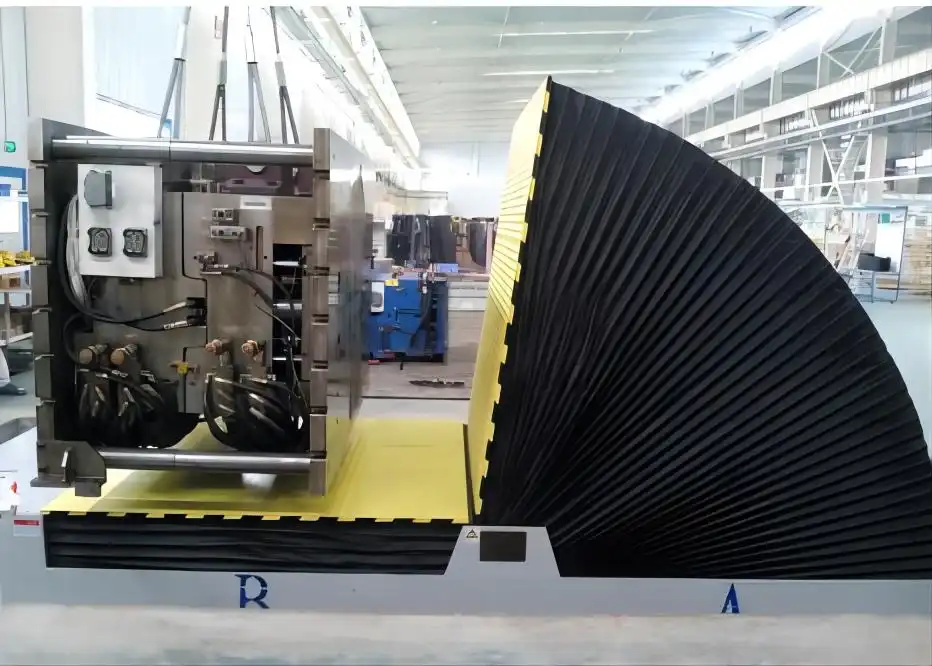Struggling with inefficient mold handling can slow down your production and increase costs. You need a reliable solution to streamline operations and maintain quality. A mold flipping machine might be the answer you’ve been searching for to enhance your manufacturing process.
A mold flipping machine is designed to rotate and position molds efficiently during production. These machines are essential in various industries to ensure molds are handled safely and accurately, improving overall workflow and reducing downtime.

How Mold Flipping Machines Enhance Production Efficiency
Mold flipping machines play a crucial role in modern manufacturing by automating the mold handling process. They replace manual operations, which are often time-consuming and prone to errors. By integrating mold rotation devices, businesses can achieve higher precision and consistency in their production lines. This automation leads to faster cycle times and reduced labor costs, allowing companies to scale their operations more effectively. Additionally, mold flipping machines often incorporate safety features that minimize the risk of accidents, ensuring a safer workplace for employees. The use of these machines also contributes to better product quality, as they maintain the exact positioning of molds required for various manufacturing processes.
| Feature | Mold Flipping Machine | Mold Upender |
|---|---|---|
| Automation Level | High | Medium |
| Precision in Mold Handling | Excellent | Good |
| Integration with Systems | Seamless with PLC and IoT | Limited |
| Maintenance Requirements | Moderate | Low |
| Cost Efficiency | High in long-term operations | Moderate |
Mold flipping machines are particularly beneficial in industries where precision and speed are paramount. For example, in the automotive sector, where multiple molds are used simultaneously, these machines ensure that each mold is correctly positioned without delays. This precision reduces material waste and enhances the overall quality of the final product. Moreover, the ability to integrate with existing manufacturing systems means that mold flipping machines can be easily incorporated into current workflows, providing immediate improvements in efficiency. Companies investing in mold flipping machines often see a positive return on investment through increased productivity and lower operational costs. Additionally, the use of mold flipping machines supports lean manufacturing principles by minimizing unnecessary movements and optimizing the production process.
3. How to Choose Between a Mold Upender and a Mold Flipping Machine?
Selecting the right equipment for your mold handling needs can be challenging. Choosing between a mold upender and a mold flipping machine involves understanding your specific requirements and production goals. Making the right choice is crucial for optimizing your manufacturing process.
When deciding between a mold upender and a mold flipping machine, consider factors like automation level, precision, integration capabilities, and cost efficiency to ensure you select the best equipment for your production needs.

Evaluating Your Mold Handling Needs
Choosing between a mold upender and a mold flipping machine depends on several key factors that align with your production requirements. First, assess the level of automation your operation requires. Mold flipping machines offer higher automation, integrating seamlessly with PLC and IoT systems, which is ideal for large-scale, high-precision manufacturing environments. On the other hand, mold upenders provide a moderate level of automation suitable for smaller operations or businesses looking to enhance their current manual processes without a significant overhaul.
Next, consider the precision needed in your mold handling. If your production process demands exact mold positioning and consistent performance, a mold flipping machine is the better choice due to its superior precision capabilities. Mold upenders, while less precise, still offer good handling for standard applications where slight variations are acceptable.
Cost efficiency is another critical factor. Mold flipping machines typically involve a higher initial investment but offer greater long-term savings through increased productivity and reduced labor costs. Mold upenders are more cost-effective upfront, making them a viable option for businesses with tighter budgets or those looking to incrementally improve their production process.
| Criteria | Mold Flipping Machine | Mold Upender |
|---|---|---|
| Automation Level | High | Medium |
| Precision | Excellent | Good |
| Integration Capability | Advanced (PLC, IoT) | Basic |
| Initial Investment | Higher | Lower |
| Long-term Savings | Significant | Moderate |
| Suitable for | Large-scale, high-precision | Small to medium operations |
By carefully evaluating these factors, you can determine which equipment aligns best with your manufacturing goals. Additionally, consider the future scalability of your operations. A mold flipping machine might offer better scalability options as your business grows, allowing for more complex and higher-volume production without compromising on quality or efficiency. Moreover, the choice between the two can impact other aspects of your business, such as maintenance requirements and operational flexibility. Mold flipping machines may require more specialized maintenance, whereas mold upenders are generally easier to maintain with minimal downtime. Ultimately, understanding the specific needs of your production line and the capabilities of each machine will guide you to make an informed decision that enhances both efficiency and product quality.
Conclusion
In conclusion, both mold upenders and mold flipping machines play integral roles in manufacturing, offering distinct benefits and functionalities. Understanding their differences allows businesses to choose equipment best suited to their specific needs, ensuring safe and efficient mold handling operations.

